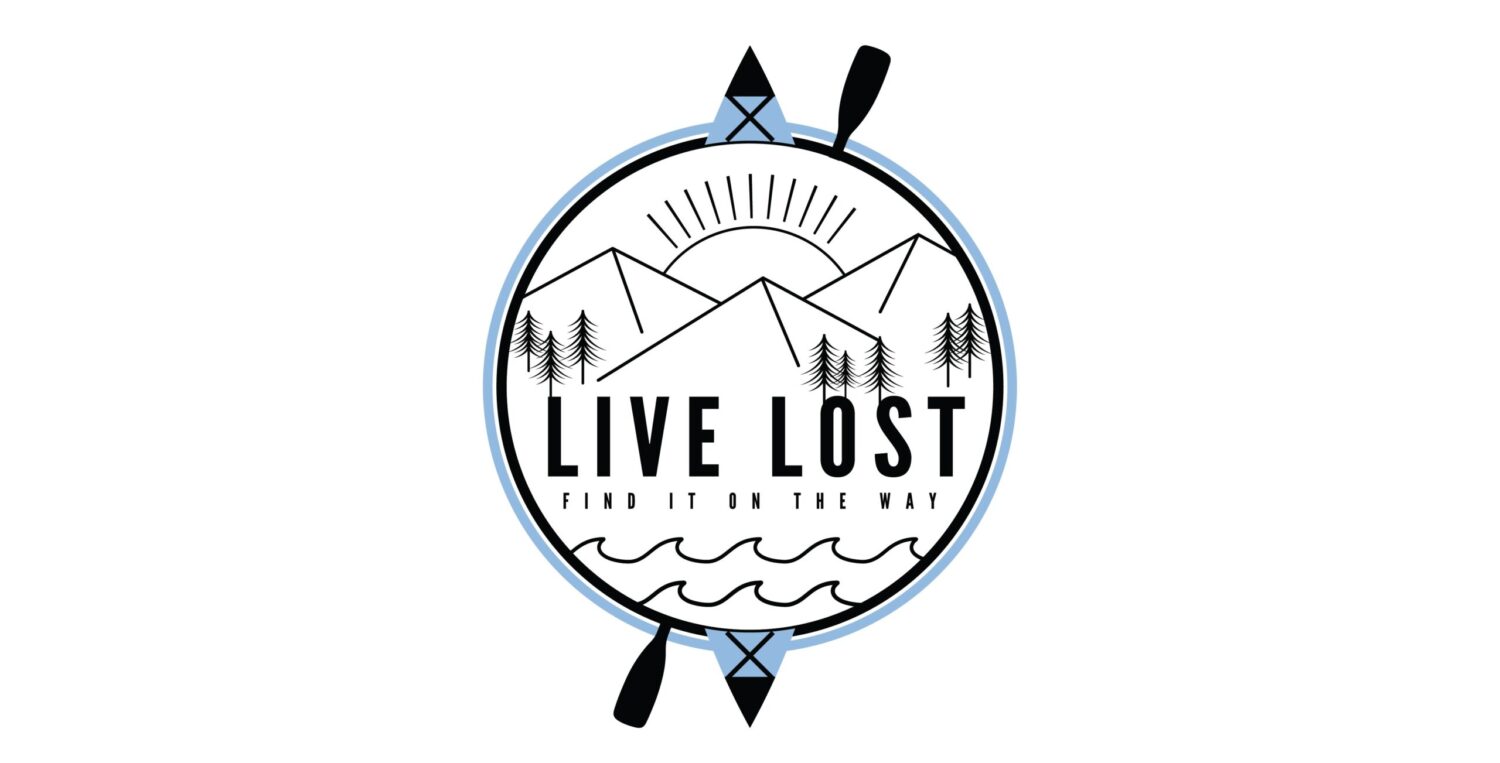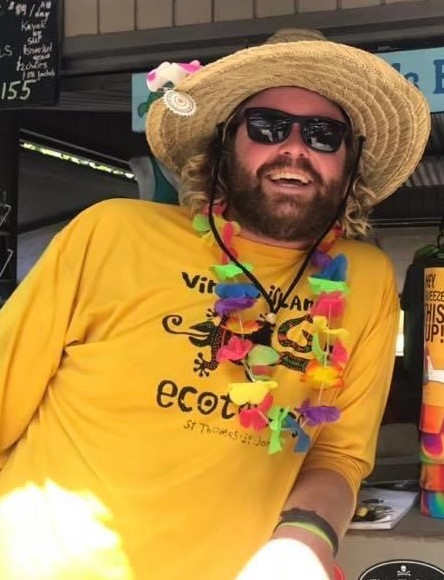I am asked a lot of questions on tour. I get asked about wildlife, about history, about others and about myself. Another thing that gets brought up often? Safety.
My guests want to know they’ll be safe when they take a tour with me, and I want them to feel comfortable enough to enjoy their trip. After all, unsatisfied guests don’t leave good TripAdvisor reviews and don’t tip well either. So how can you be sure your next tour is as safe as mine? Scroll on to learn more, or skip forward to my tips on staying safe. So, Are EcoTours Safe?
What is an Adventure Tour
Adventure tours are a major buzzword in the travel industry today, and the best and most concise explanation comes straight from The Adventure Travel Trade Association website (ATTA). ATTA defines adventure tourism as:
a type of tourism involving exploration or travel with perceived (and possibly actual) risk, and potentially requiring specialized skills and physical exertion.
ATTA
Adventure tours I’ve personally been involved with include kayaking, snorkeling, and hiking within national parks and other protected marine environments, off-road wildlife spotting with one of the world’s most endangered breeds of wild horses, and rafting rivers alongside a national park. A quick internet search will bring up even more sightseeing, wildlife spotting, diving, kayaking, and backpacking tours around the world. The possibilities are almost literally endless, and ecotourism is expected to become a 100 billion dollar industry by 2027, with tourism in general employing 1 in 10 people on earth.
I’ve been working as an adventure tour guide for five years and I have to admit that I was quite ignorant to the complexities of the industry when I started. As time has gone on I’ve read more, learned more, and become an even better guide, and continue to improve every day. Here’s how I prepare.
How I Prepare to Keep my Adventure Tours Safe
I have an excellent safety record and I work hard every day to keep it that way. Some of my tours are easier to keep safe than others, but some truly test the limits, keeping me on my toes and challenging my skills. To give me peace of mind, there’s a few things I do to stay prepared for any emergency.
- I have a Wilderness First Responder, or WFR, certification. My WFR taught me valuable medical and situational awareness skills and helps me feel confident in stressful situations.

- I check the weather and pay attention to the tides, the wind, snorkel reports, and other resources available to me. I personally like the weather app AccuWeather for its details and ease of use.
- I give a safety talk before every tour to set the parameters and make clear from the beginning what I expect, and what my guests should expect too.
- I keep a dry bag with essentials, like a first aid kit, pocket knife, sunscreen, and electrolyte tabs, among other miscellaneous items I might need.

Tips on Staying Safe
- Be Realistic About Your Physical Abilities.
a. Getting in over your head on vacation isn’t fun, so don’t book a tour you aren’t ready for. I’ve given snorkel tours to people who can’t swim, hiking tours to people with injuries. Don’t make my job harder and put everyone at risk by being unrealistic about your abilities, and communicate any important information to your guide before the trip. - Check TripAdvisor Reviews
a. Are there a lot of reviews about safety, or lackthereof? One review is an accident, but several reviews is a pattern. (Need help understanding TripAdvisor reviews?) - Listen to Your Guides and Let Them Lead
a. Listen to the safety talk, understand your equipment, and ask questions if you have them, but trust your guides to be the best judges in any safety situation. - Bring Plenty of Water.
- Leave Wildlife Alone.
a. Don’t touch, pet, feed, harass, or in any other way alter the natural behavior of wildlife. Wildlife should be left alone. Let your guides show you the proper ways to enjoy and safely interact with wild animals. - Most Importantly, Listen to Your Instincts
a. No guide is infallible and we make the best decisions we can. Still, you are also partially responsible for your own safety, so if you don’t feel comfortable, don’t go. No vacation memory is worth tragedy.

So, are Adventure Tours Safe?
Are Adventure Tours Safe? In short, yes. But they aren’t without their risks.
Ecotourism is a booming industry, getting tourists out into the wild to enjoy the natural beauty of our favorite vacation spots. No trip into the wild comes without safety concerns, and every year accidents happen, but knowing how to cover the bases before the trip is essential. Follow these tips and enjoy all that adventure tourism has to offer.
And it offers a lot.






